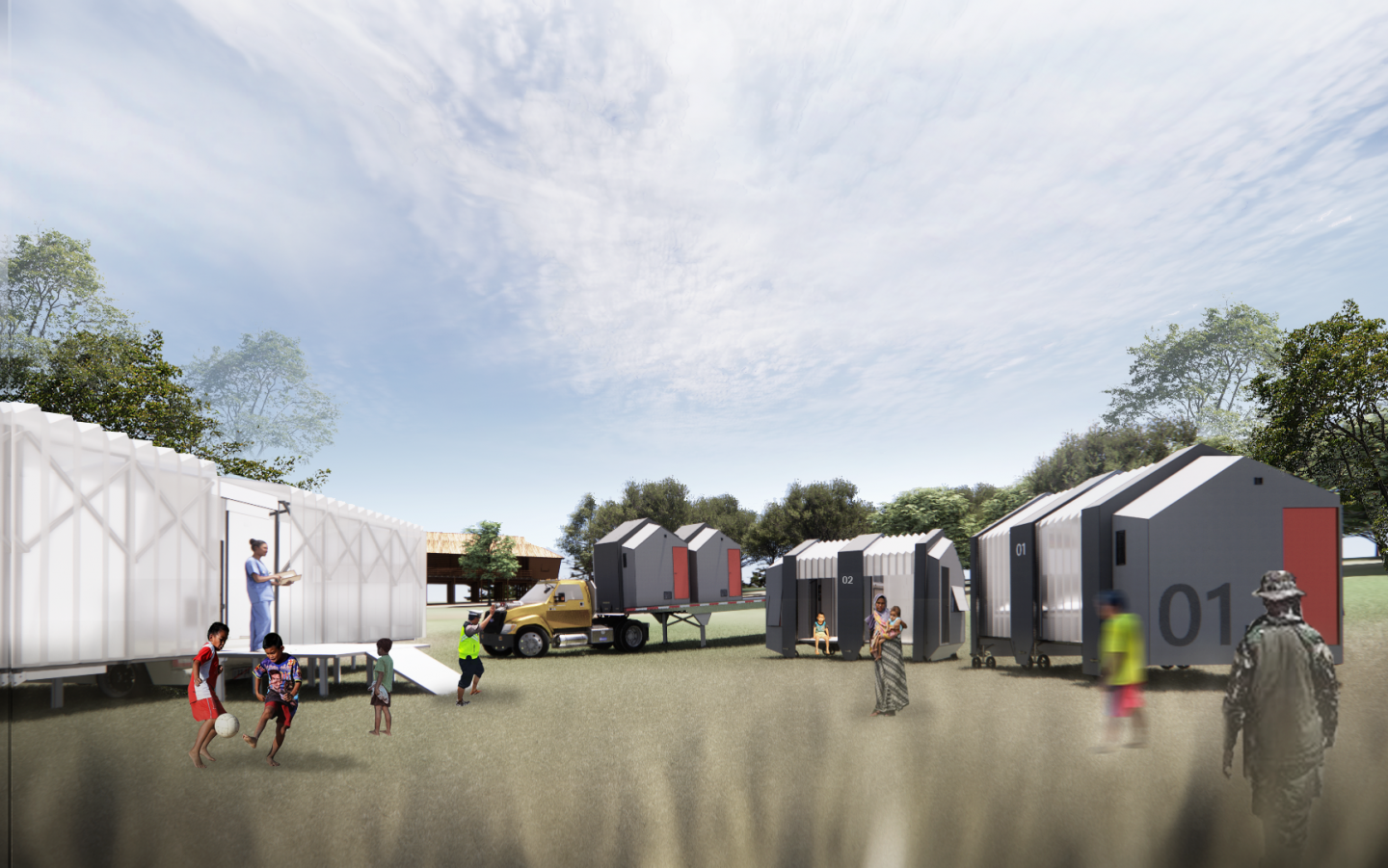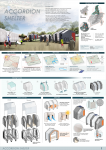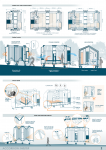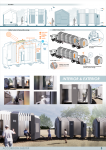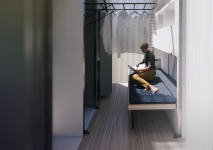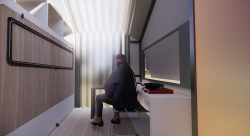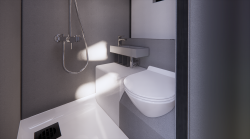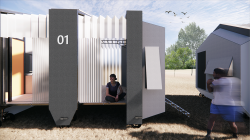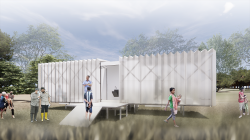Indonesia often experiences various kinds of disasters such as earthquake, volcanic eruption, and floods. in this case, south Kalimantan will be used as an example because it is flood-prone area.
Refugee camps are used after a disaster. Uncomfortable refugee camps and less privacy are the major issues. Refugees stay in a place that is quite shabby and dirty thus, this adaptive shelter is designed to improve effectiveness with some facilities support for users comfort. The shelter design is also equipped with supports consisting of wheels and jacks to make it easier to move the shelter and adjust the height to the contour of the existing land.
The devastating reality of frequent floods demands agile and efficient solutions. Foldable furniture and structures rise to the challenge, offering remarkable potential to expedite shelter installation and provide immediate refuge. Their inherent space-saving properties unlock possibilities for multifunctional utilization within the shelter, allowing for dynamic adaptation to different needs and maximizing the impact of available resources. In essence, these adaptable solutions not only provide physical shelter but also pave the way for resilient and well-equipped communities that can readily weather the storm.
Facilities in the shelter :
1. Communal area
2. Foldable bed for a family (4 people)
3. Bathroom
4. Kitchen
Recognizing the potential disconnect between refugee camps and readily available medical care, disaster response plans have been bolstered by the inclusion of mobile health shelters. These vital outposts, strategically positioned within camps, bring crucial first-aid services directly to survivors. Equipped with well-stocked clinics and dedicated waiting areas, these facilities stand ready to address common ailments like minor injuries, diarrhea, and other immediate health concerns. Their proximity to affected communities eliminates the need for arduous journeys to seek basic medical attention, offering solace and fostering a sense of security in the wake of disaster.
2023
Location: South Kalimantan, Indonesia
Shelter area before transformation: 4,6 m2
Shelter area after transformation: 15,7 m2
Material: Recycled plastic sheet (5 mm)
Student: Michelle Jannes Wahono
Supervisor: Stefani Natalia Sabatini, S.T., M.T.
